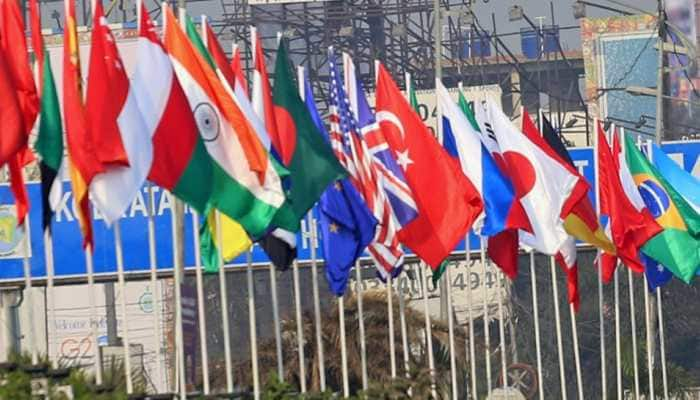FII outflows bring rupee within striking distance of 69 vs USD
The local unit touched a low of 68.90 (intra-day) in November before recovering to end at 67.74 on December 26, 2016, as against its close of 66.15 last year-end, a net loss of 2.40 percent.
Trending Photos
)
Mumbai: The rupee struggled to maintain its earlier red-hot form as it came strikingly close to the 69 mark against the dollar towards the end of 2016, from the year's high of 66.25 in September, with over USD 2 billion pullout by FIIs taking a big toll.
The local unit touched a low of 68.90 (intra-day) in November before recovering to end at 67.74 on December 26, 2016, as against its close of 66.15 last year-end, a net loss of 2.40 percent.
Redemption of foreign currency non-resident (FCNR) deposits in November made mood all the more cloudy even as the central bank went for the status quo following foreign capital outflows, largely due to narrowing of interest rate differential between the US and India.
Foreign investors withdrew USD 6.47 billion from the debt segment while there was a fairly good inflow of USD 4.01 billion in equities, taking net outflow to over USD 2 billion.
There is already a talk of the rupee going below the 70 mark in coming days as the impact of demonetisation plays out in GDP and industrial production numbers in the next couple of quarters, Abhishek Goenka, CEO and founder of IFA Global, a leading forex and treasury solutions firm, told PTI.
He said any hiccups in Chinese economy and the overall strength of the dollar will continue to be a drag on the rupee in the coming year.
The US economy appears to be on the mend and the Federal Reserve in December raised rates for the first time in a year.
The economic revival and expectations of more aggressive US rate hikes, as borne out by hawkish comments from the policymakers, will continue to support the greenback.
All eyes were on the US election this year. The Donald Trump win provided the dollar much support because of a likely higher fiscal spending by his incoming administration.
Post presidential election, the dollar rallied to the highest level since January 2003 against major currencies, together with a rally in US equities, on anticipation that the newly-elected US President will bump up infrastructure expenditure and go in for tax cuts.
On the other hand, Brexit put the world economy in a bind, with the pound taking a hit by over 15 percent, while continued easing by ECB has weighed on the euro that fell below the 1.04 level after opening the year at 1.09.
The year also saw a sharp fall in the yuan, leading to fears of market turmoil in the Chinese economy.
The latest data released by Chinese Academy of Social Science (CASS) suggest that the economy could grow at the slowest pace in 25 years.
Stay informed on all the latest news, real-time breaking news updates, and follow all the important headlines in india news and world News on Zee News.
Live Tv







)
)
)
)
)
)
)
)
)
)
